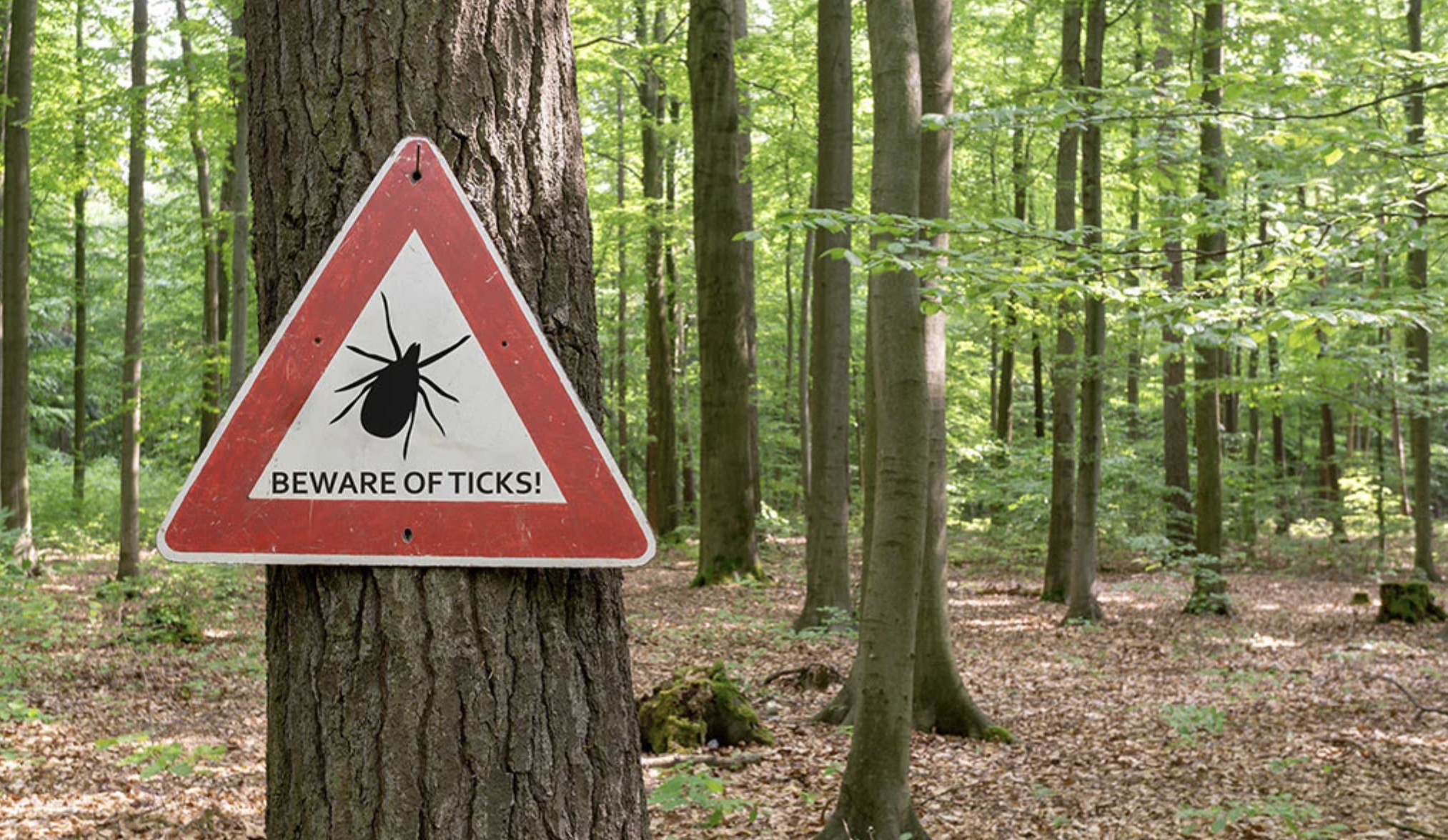What You Should Know About Lyme Disease
/It's summertime in the northeast! It's sunny and there's a chill vibe in the air. And while summer is the season for spending time outside, it's important to be on the lookout for ticks. Ticks are known to spread Lyme disease—in fact, the chances of catching Lyme disease from a single tick can be as high as 50 percent!
For that reason, I decided to use this week's blog post to give you a quick primer on Lyme disease and remind us all of the precautions we should take as we begin to spend more and more time outside.
What is Lyme disease? What causes it?
For those who haven’t heard of or had it before, Lyme disease is characterized by a very serious infection. It’s an inflammatory disease caused by certain strains of bacteria, and humans most often get it from tick bites. It’s the most common tick-borne illness, and it’s transmitted by deer ticks that live in grassy, heavily wooded areas.
What are the symptoms of Lyme disease?
There’s a large range of symptoms that one can experience when they have Lyme disease, and there are several phases of symptoms that occur as the disease develops. The first sign of Lyme disease is a small red bump on the skin, which can look like a mosquito or spider bite. In the months that follow the bite, people may experience a rash around where the bite was, fever, chills, fatigue, body aches, headaches, migraines, neck stiffness, and swollen lymph nodes. In the most severe cases, people experience joint pain, heart palpitations, and more. If left untreated, Lyme disease can spread to and damage our joints and organs. That’s why it’s important to focus on prevention, and if you experience symptoms, make sure to seek medical help right away!
Thankfully, most cases of Lyme disease can be cured with an antibiotic treatment plan, usually lasting two to four weeks. Like most diseases, the sooner you begin treatment after noticing symptoms of Lyme disease, the better.
How can we prevent Lyme disease?
Avoiding Lyme disease requires some due diligence on your part, and some basic safety measures you can take before and after going outside.
First, become aware of your surroundings. Ticks thrive in grassy, brushy or wooded areas. You may spend time in areas like this when you’re gardening, camping, or hiking…so if you engage in those activities, make sure you take precautions.
Next, cover up your skin—think long pants tucked into shoes, boots, or socks, a long sleeved shirt, a hat, and even gloves. Ticks bite the skin, so the less skin you’re exposing the less likely you are to get bit.
Third, use tick repellent. According to the CDC, you want a repellent that contains the following ingredients: DEET, IR3535, Picaridin, Oil of lemon eucalyptus, para-menthane-diol (PMD), and 2-undecanone. You can buy repellent in spray (like a bug spray) or lotion form (similar to the consistency of a moisturizer). Apply this to the skin before spending time outside, and reapply if you are sweating or go swimming.
When you come inside from being outside, always check your clothing for ticks. If you want to be extra cautious, you can put your clothes in the dryer and run it for 10 minutes on high heat. This will kill any ticks on your clothes. It’s also wise to shower promptly after being outdoors and checking your body for any ticks. If you see a tick on your skin, don’t panic. Follow these steps from the CDC to remove it.
To be clear: We should not live in fear of Lyme disease (or anything for that matter—we can only control so much!). Still, Lyme disease is something to be aware of and not take lightly. So make sure to follow the tips above to keep yourself and your family safe this spring and summer.
If you haven’t already, I encourage you to join the Pure Joy Squad, which you can learn more about here. I post new content on the blog every week, we do two Walking Challenges a year, and our community is made up of the best women I know. I hope you’ll become one of them!
xo,
Renata

